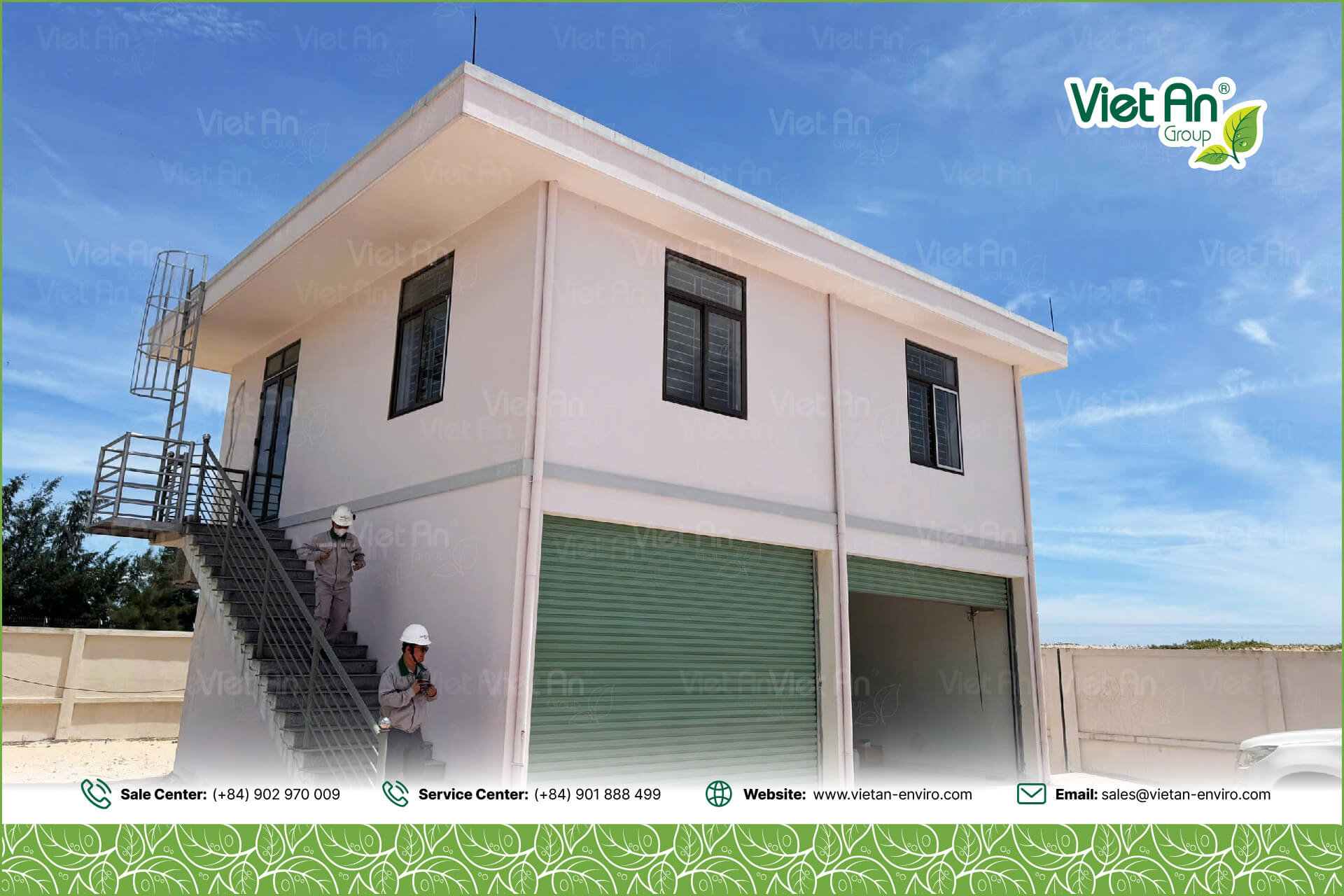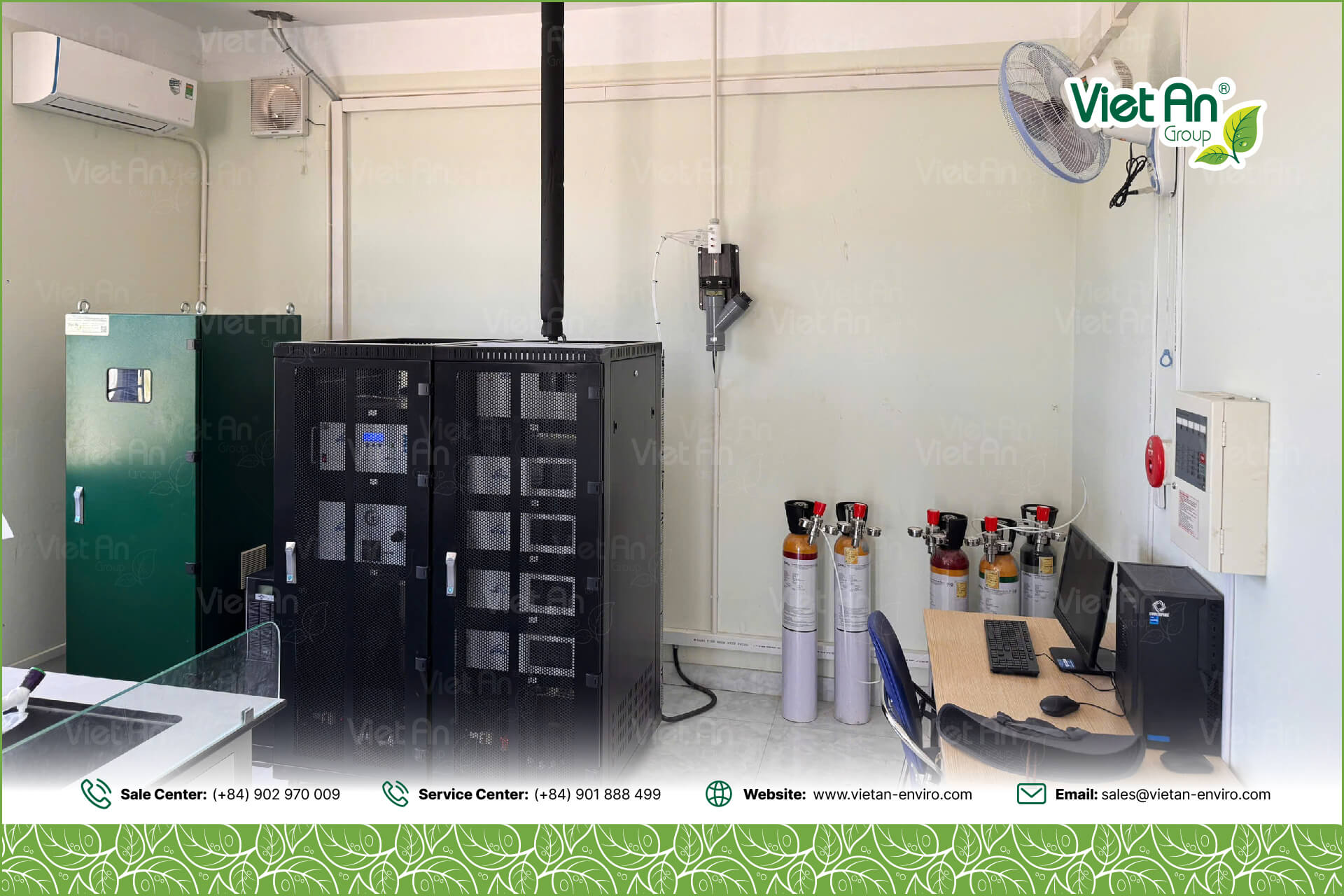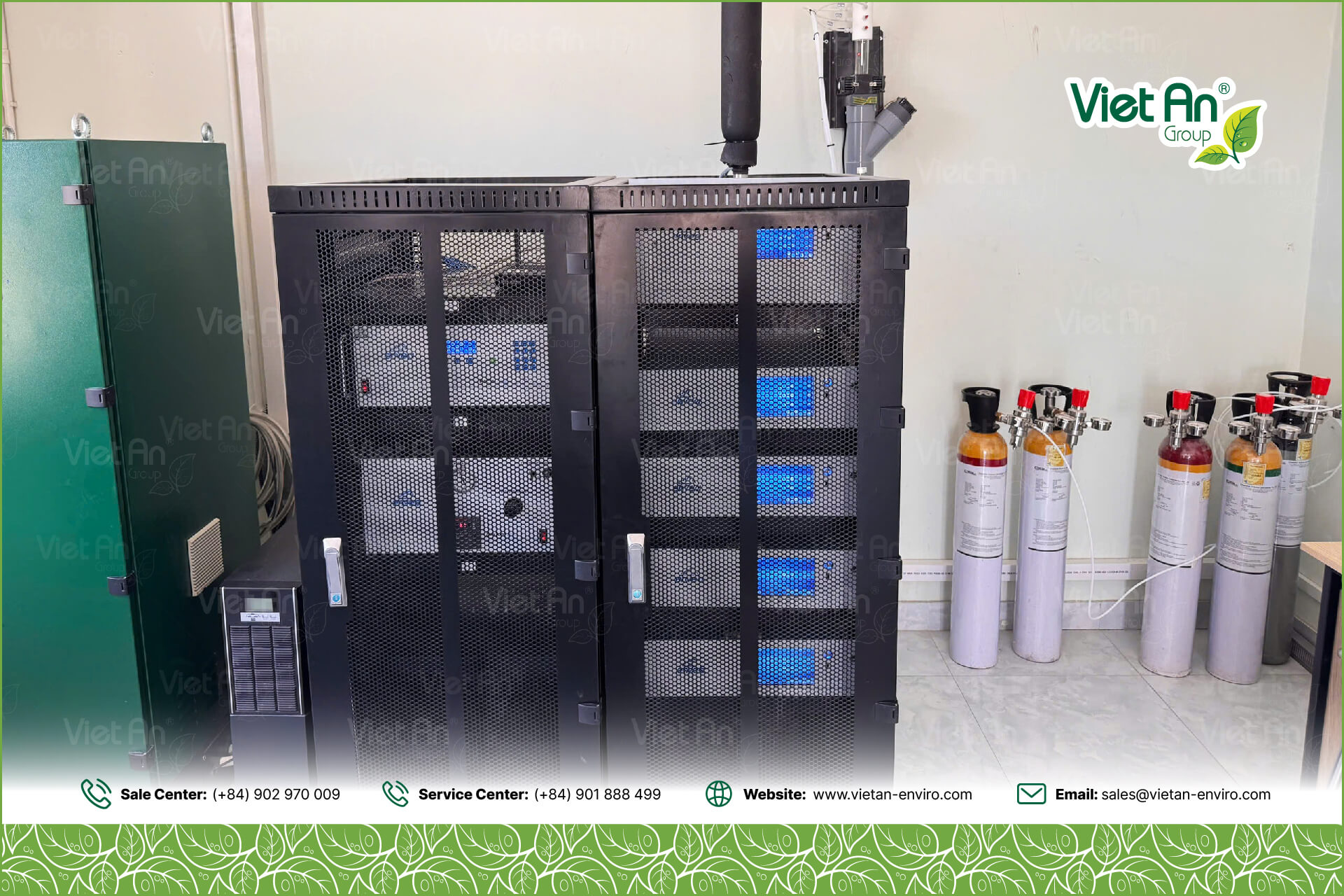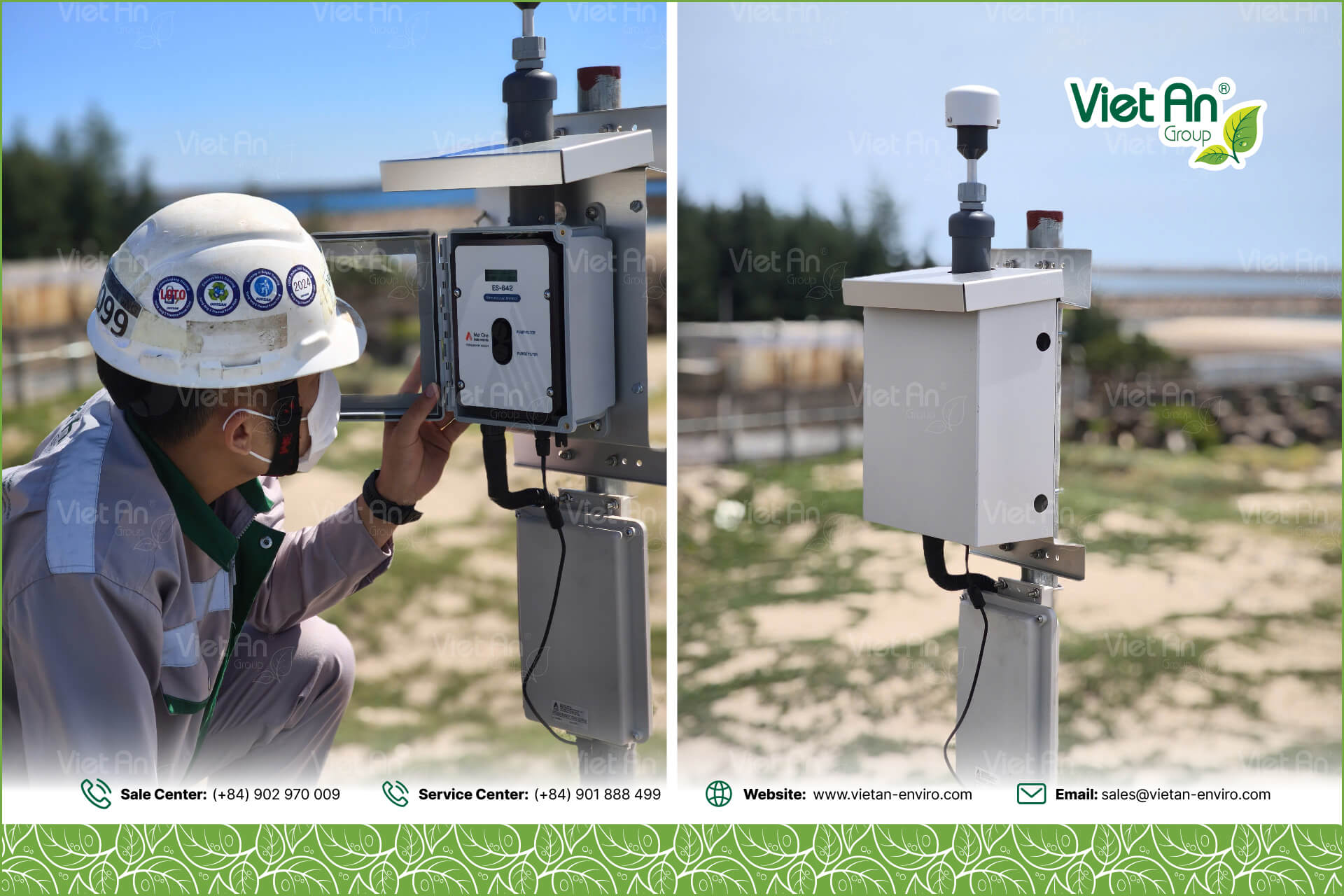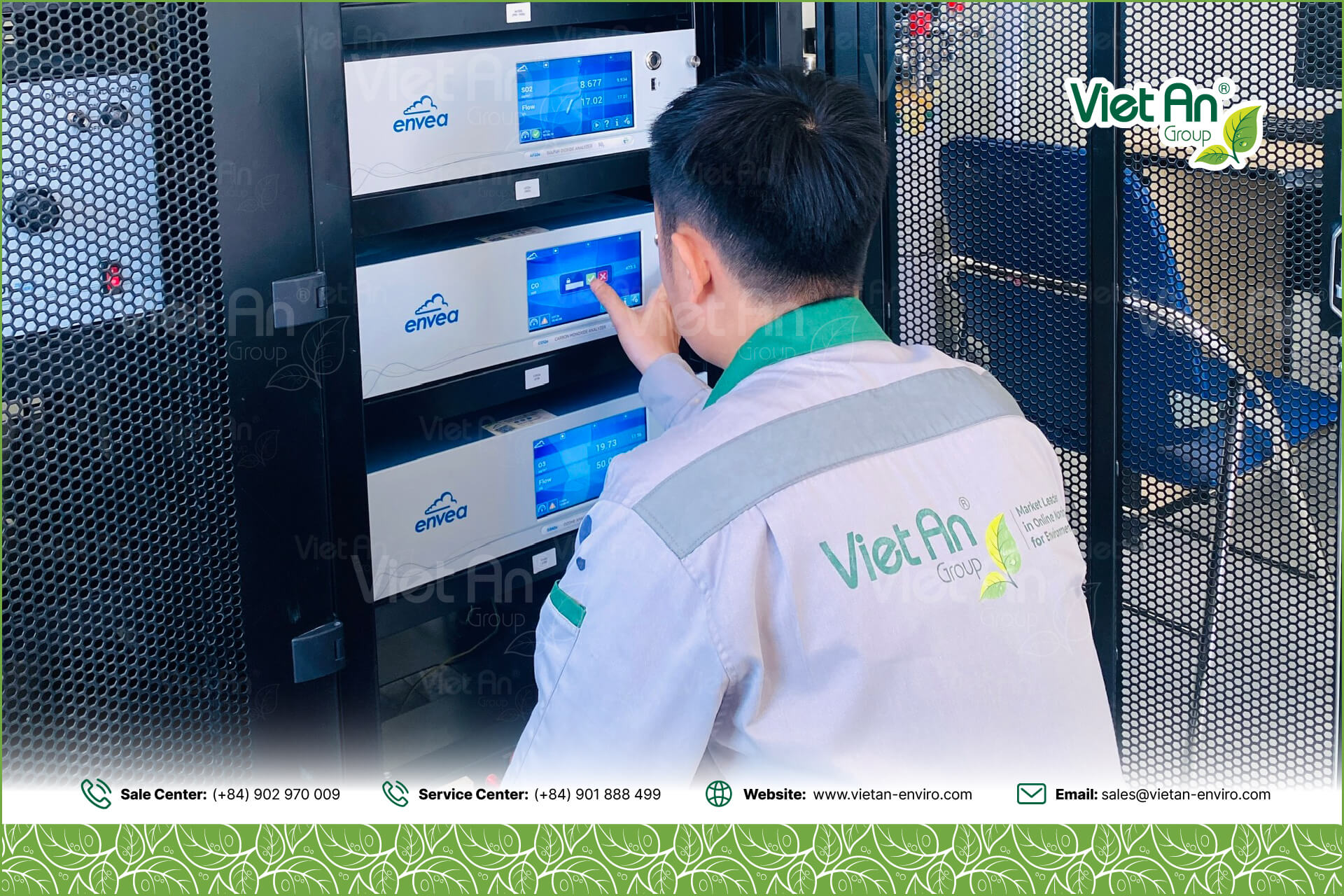Client
Industrial Parks/Zones
Stations
1
Time
2025
Measured parameters
NO2, CO, SO2, O3, TSP, PM10, PM2.5, Khí tượng (Nhiệt độ, độ ẩm, bức xạ mặt trời, áp suất khí quyển, hướng gió, tốc độ gió)
Service
iMisff8101 - Trạm quan trắc chất lượng không khí xung quanh tự động, liên tục
Location
Hà Tĩnh
Typical Projects
Ambient Air
Trạm quan trắc chất lượng không khí xung quanh tại Gia Lai
Client:Industrial Parks/Zones
Service:iMisff8101 - Trạm quan trắc chất lượng không khí xung quanh tự động, liên tục
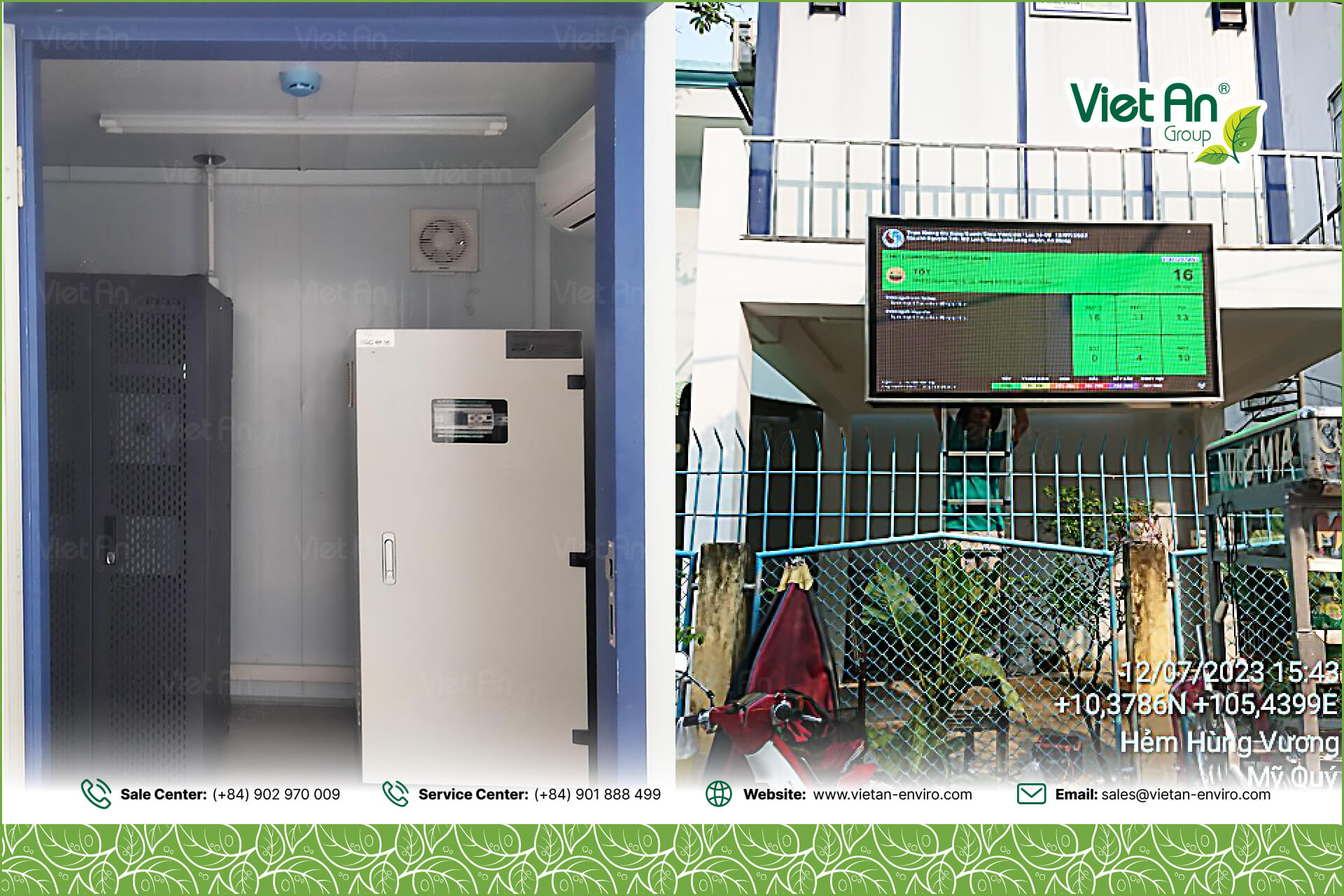
Ambient Air
Trạm quan trắc chất lượng không khí xung quanh tại An Giang
Client:Industrial Parks/Zones
Service:iMisff8101 - Trạm quan trắc chất lượng không khí xung quanh tự động, liên tục
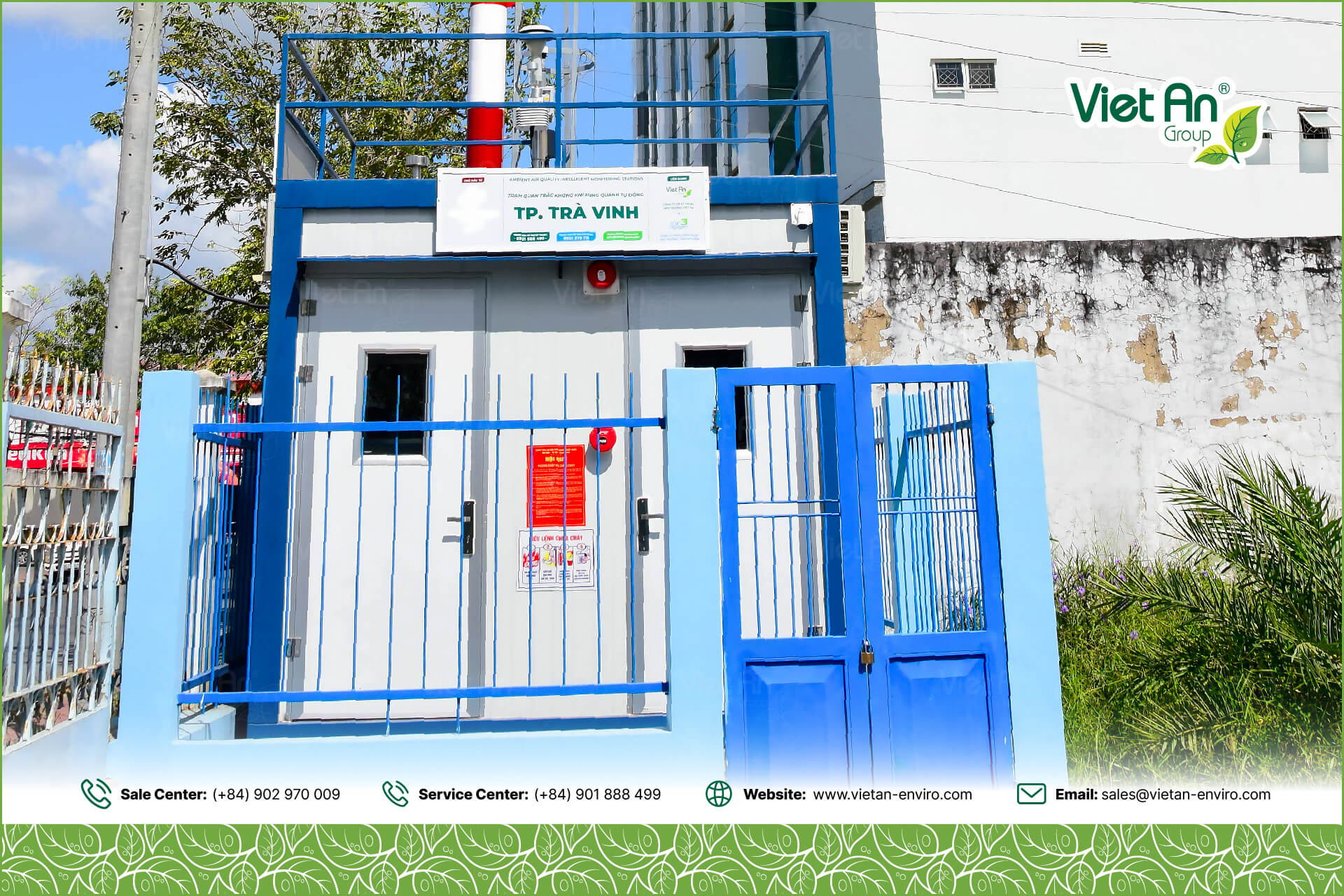
Ambient Air
Trạm quan trắc chất lượng không khí xung quanh tại Vĩnh Long
Client:Industrial Parks/Zones
Service:iMisff8101 - Trạm quan trắc chất lượng không khí xung quanh tự động, liên tục
